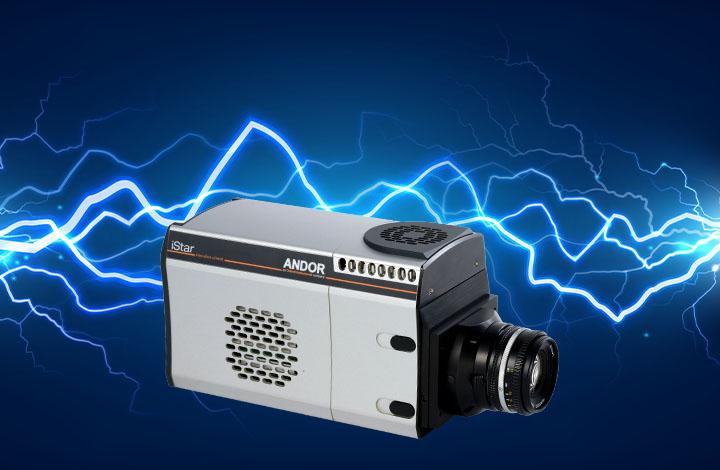Resources
 Part of the Oxford Instruments Group
Part of the Oxford Instruments Group
Expand
Collapse
Andor’s portfolio of intensified sCMOS, EMCCD and sCMOS cameras provide a wide range of high sensitivity, fast detection solutions for the plasma diagnostics research community. These detectors are optimised especially for applications in the field of plasma diagnostics such as Thompson Scattering, Time Resolved Plasma Imaging, Planar Laser Induced Fluorescence (PLIF) and Optical Emission Spectroscopy (OES). Andor’s range of detectors excel at studying the temporal, spatial and chemical behaviour of fast transient plasmas with time accuracy down to the nanosecond.
Andor offers a comprehensive portfolio of camera solutions for plasma studies from fast, high dynamic range, low noise sCMOS cameras, to deep cooled, low noise, imaging and spectroscopy CCD cameras. Additionally, Andor offers a range of highly versatile spectrographs that provide high resolution, high throughput, high modularity, ease of use from the UV to the NIR and SWIR.
At the cutting edge of intensified camera development is Andor’s iStar sCMOS camera that combines the excellent time resolution of an image intensifier with the high frame rate, low read noise and high dynamic range of 2D sCMOS sensor technology.
The iStar sCMOS enables researchers to access shot for shot imaging at repetition rates of up to 49 fps whilst providing up to single photon sensitivity and a comprehensive range of intensifiers. Additionally, the iStar sCMOS is capable of rapid dual interframe imaging with a minimum interframe time of 100-300ns. Overall the iStar sCMOS is a versatile tool for the study of plasma dynamics for both fast imaging and spectroscopy applications.

Andor’s iStar CCD series extracts the very best from CCD sensor and image intensifier technologies. Exceptional detection performances are accessed through high quantum-efficiency image intensifiers, thermo-electric cooling to -40ºC, 500 kHz photocathode gating rates and enhanced intensifier EBI noise reduction.
Low jitter, low insertion delay gating electronics and nanosecond-scale optical gating provide excellent timing accuracy down to a few 10’s of picoseconds, allowing ultraprecise synchronization of complex experiments through iStar’s comprehensive range of input/output triggering options.

Andor offers a range of highly versatile spectrographs that provide high resolution, high throughput, high modularity, ease of use from the UV to the NIR and SWIR, from macro- to nano-scale, with fluxes down to single photon and time-resolution down to nanosecond.
Andor’s spectrograph technology is based on Czerny-Turner, Echelle or Transmission optical designs.
